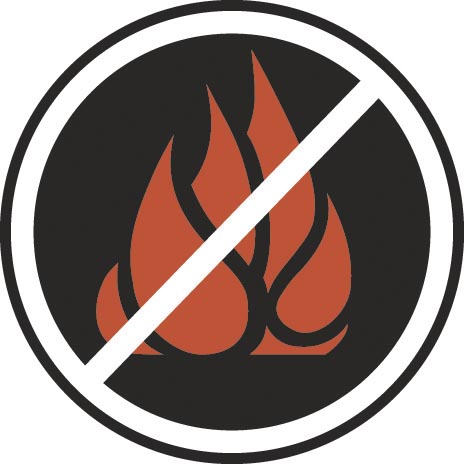Summer is upon us and everyone wants to know what to use for sunscreen, especially for the precious skin of children. Below are my thoughts–some basics, in bold, for those with only a quick minute but also more details for those who are interested.
Pre-apply and frequently re-apply. You want to apply your sunblock at least 15-30 minutes prior to sun exposure. For fair-skinned people, this is key, since many of them start to redden within 5-15 minutes of sun exposure. You should re-apply at least every two hours and after water immersion or sweating.
Apply liberally: An adult should use an ounce or so. That is about 6 teaspoons full! A family of four can easily go through a bottle of sunblock per day at the beach.
Apply regularly, like every day. Fair-skinned people should probably wear sunblock daily for protection against serious long-term damage, like skin cancer. Yes, that means even when it is cold outside or when you think it is not that sunny. Face creams with Sun Protection Factor (SPF) help make this more convenient. You may hear that despite the use of sunscreen, melanoma rates are not going down. This is probably because of the cumulative damage that occurs on all those days when we think we don’t need to wear any sun protection. One trial followed about 1600 individuals for ten years. One group was told to wear daily sunblock while the other was told to wear it when they needed it. The group instructed to wear daily sunblock had 50% fewer melanomas and almost 80% fewer invasive melanomas. Compelling!
Choose a label that states SPF 30 and broad-spectrum coverage. Though there is marginal benefit after SPF 15, most people just do not apply enough sunscreen, leading to the general recommendation to wear SPF 30. After SPF 30, you are getting only small incremental benefits. In fact, soon there will be a labeling cap after SPF 50, at SPF 50+. Since SPF relates only to UVB protection, it is important that your sunblock is labeled, “broad-spectrum,” as this applies to UVA rays as well. A sunscreen without broad-spectrum coverage or with an SPF below 15 may prevent sunburn, but has not been shown to prevent skin cancer or signs of early aging.
Use creams, not sprays. The sprays tend to spray everywhere but skin and pose an inhalation risk. Moreover, once they dry, they may not provide the consistent protection you are looking for. The FDA is looking into whether the inhalation of the chemicals in the spray formulations is safe.
Cover up. Big hats and tightly-woven, dark-colored clothing cannot be overemphasized. Rash guards are also great, for those of you who are regulars at the beach or in the pool. You may notice that clothes have a “UPF” designation, for ultraviolet protection factor. This is rated on a scale from 15-50, with 50 being strongest.
Avoid peak sun hours. Peak sun is 10 am – 4 pm… I know that is a large chunk of your beach day! If you must be out, wear protective clothing and sunscreen and stay in the shade.
Use zinc or titanium: There are two main types of sunscreen, organic (chemical) and inorganic (physical or mineral). Though the organic barriers are cosmetically more appealing, I usually recommend the inorganic barriers, zinc oxide and titanium dioxide which physically block and reflect the sun from skin. The organic barriers, chemicals like oxybenzone, are more likely to cause irritation or an allergic reaction. Moreover, zinc and titanium actually provide more broad -spectrum coverage, meaning they block against UVB and UVA rays. Many of the chemical barriers do not block against all UVA rays unless in combination with other sun filtering agents. It is also important to note that some of the chemical barriers are not stable in the heat, when most of us rely on our sunscreen! These compounds are usually combined with other agents to enhance their heat stability.
Some parents are concerned about the nanoparticulate zinc oxide and titanium dioxide formulations. These formulations are cosmetically preferred, as they reduce the thick, white sheen of the zinc and titanium products. However, concern exists that these tiny particles may be absorbed through the skin. Despite the fact that the Australian government found that the nanoparticles are not absorbed into the deeper layers of human skin, I recommend against these formulations for babies and children, as there is limited information on the subject.
Environmental benefits. Some research suggests that certain organic (chemical) sunscreens may damage the coral reefs. There is also concern about hormonal effects of these sunscreens on animals since they seep into the environment. Though evidence thus far suggests that these sunscreens are safe for human use, I personally recommend the inorganic (physical or mineral) sunscreens, those labeled only with zinc and/or titanium in the active ingredients.
For kids under six months… There is some concern about use of sunblock in small children (related to the absorption of ingredients and skin irritation). However, you can use sunscreen on even young infants when barrier protection is not enough. I would recommend using a zinc or titanium block (read above for more info). You can also test a small patch behind your child’s leg to look for sensitivity.
Take your vitamin D supplement. Since vitamin D is synthesized with the help of UVB rays, sunscreen theoretically reduces your skin’s ability to make vitamin D. More info on vitamin D here.
For specific product information, check out the Environmental Working Group site. You can enter the brand you use and see how it compares to other products they rate. Please talk with your doctor if you have specific questions pertaining to your child.




